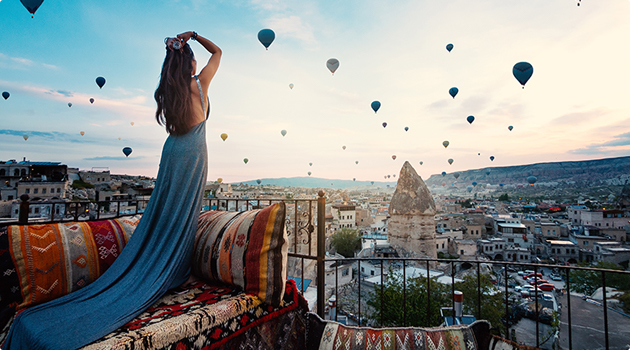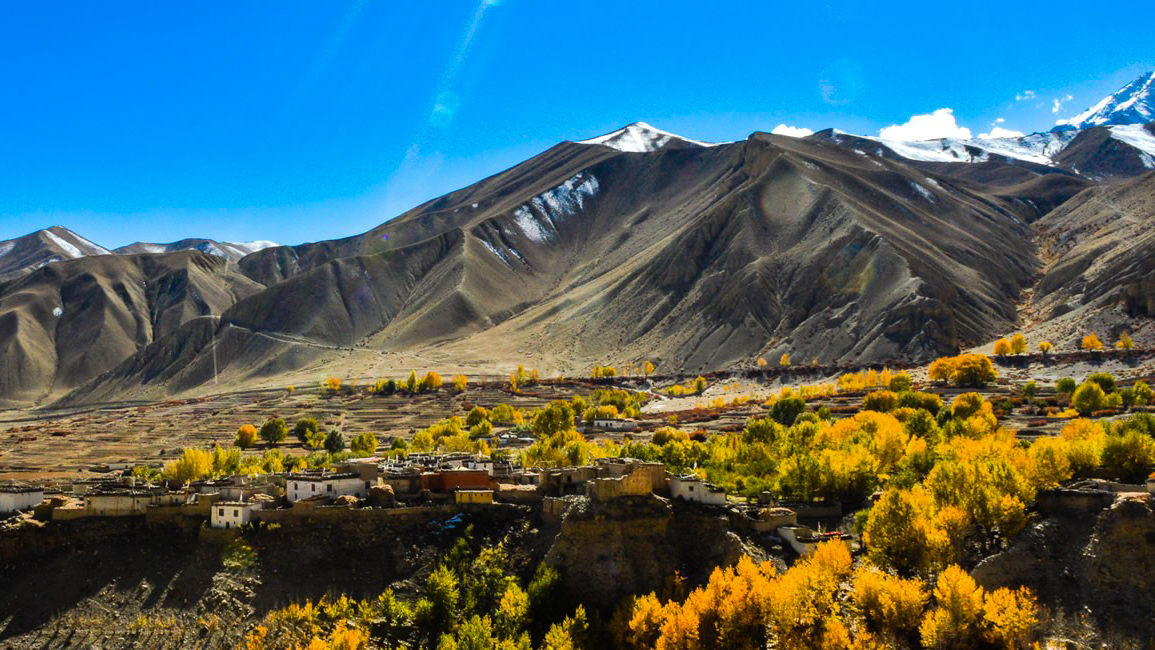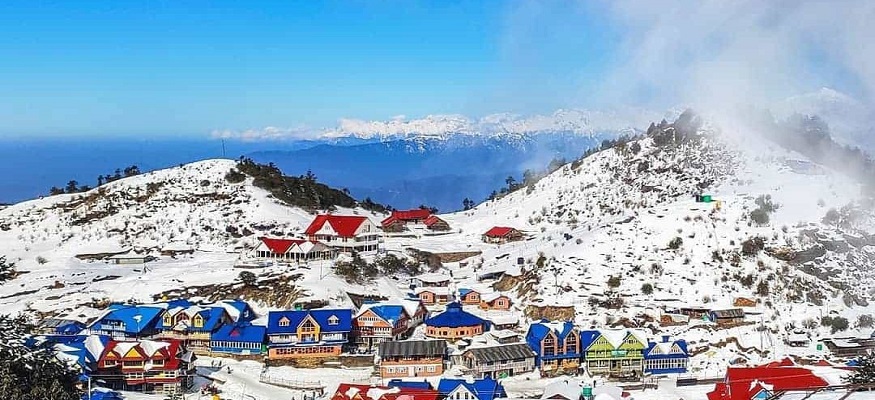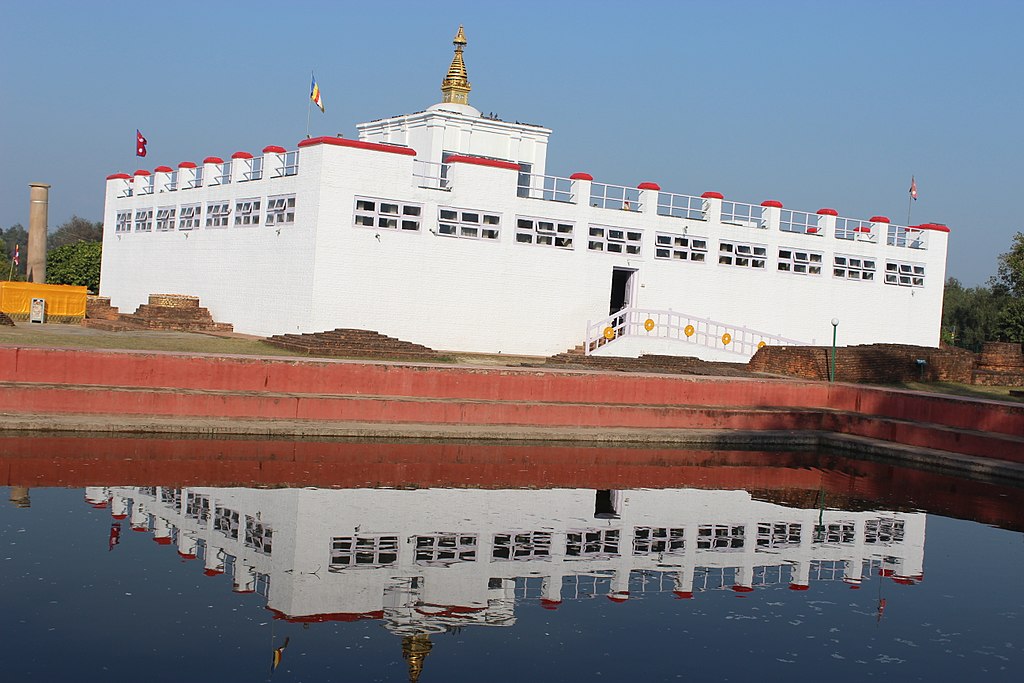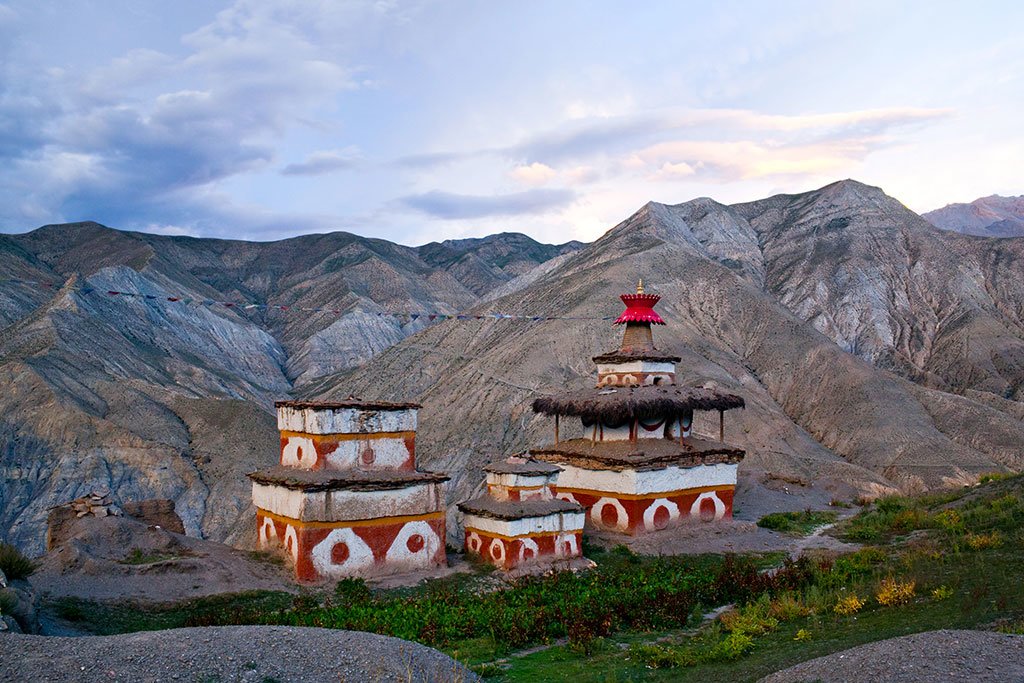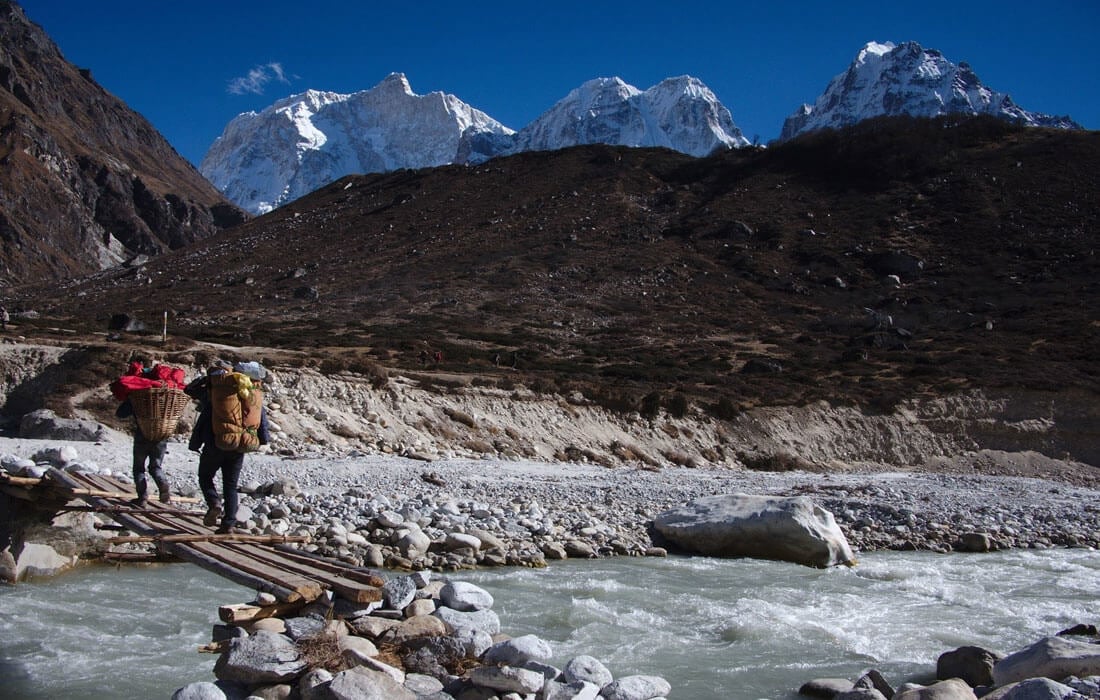 Detailed Information
Detailed Information
Muktinath offers a transcendent spiritual experience that bridges multiple faiths against one of the world's most spectacular mountain landscapes, creating a profound sense of both human insignificance and divine connection. What makes this sacred site extraordinary is its rare interfaith harmony and the remarkable natural phenomena that have drawn pilgrims to this remote location for centuries despite the challenging journey.
As you approach the temple after a breathtaking journey through the stark, windswept landscape of Lower Mustang, the golden roofs of the pagoda-style temple complex emerge against the towering Himalayan peaks, creating an immediate sense of having reached a threshold between the earthly and divine. The thin mountain air, infused with the fragrance of juniper incense and butter lamps, heightens the sensory experience and creates an atmosphere of rarefied spirituality.
The ritual experience centers around three primary elements: the circumambulation of the main temple housing Lord Vishnu, the purifying bath beneath the 108 water spouts arranged in a semi-circle (representing the 108 sacred sites of the Vaishnava tradition), and witnessing the eternal flame burning alongside a natural spring within the Jwala Mai Temple, a phenomenon that represents the union of opposing elements and forms the scientific mystery at the heart of Muktinath's sacred appeal.
The cultural tapestry surrounding Muktinath is equally compelling. The temple sits in the former Kingdom of Mustang, an area steeped in Tibetan culture that was once a vital part of the ancient salt trade route between Tibet and India. The nearby villages of Jharkot and Ranipauwa offer glimpses into traditional Thakali and Tibetan Buddhist lifestyles that have remained largely unchanged for centuries. The integration of Hindu and Buddhist elements at the site itself with a Hindu priest and Buddhist monk often performing rituals side by side demonstrates a religious coexistence rarely found elsewhere.
Throughout the day, the atmosphere at Muktinath shifts subtly. Early morning brings local Tibetan and Thakali devotees who perform their daily offerings before the day's work. By mid-morning, trekkers and Hindu pilgrims arrive, creating a blend of spiritual pilgrimage and adventure tourism. Late afternoon often sees many visitors seated in quiet contemplation, absorbing the breathtaking mountain panorama. This daily rhythm reflects the living nature of Muktinath as both an ancient sacred site and a contemporary crossroads of culture and spirituality.
Muktinath offers a transcendent spiritual experience that bridges multiple faiths against one of the world's most spectacular mountain landscapes, creating a profound sense of both human insignificance and divine connection. What makes this sacred site extraordinary is its rare interfaith harmony and the remarkable natural phenomena that have drawn pilgrims to this remote location for centuries despite the challenging journey.
As you approach the temple after a breathtaking journey through the stark, windswept landscape of Lower Mustang, the golden roofs of the pagoda-style temple complex emerge against the towering Himalayan peaks, creating an immediate sense of having reached a threshold between the earthly and divine. The thin mountain air, infused with the fragrance of juniper incense and butter lamps, heightens the sensory experience and creates an atmosphere of rarefied spirituality.
The ritual experience centers around three primary elements: the circumambulation of the main temple housing Lord Vishnu, the purifying bath beneath the 108 water spouts arranged in a semi-circle (representing the 108 sacred sites of the Vaishnava tradition), and witnessing the eternal flame burning alongside a natural spring within the Jwala Mai Temple, a phenomenon that represents the union of opposing elements and forms the scientific mystery at the heart of Muktinath's sacred appeal.
The cultural tapestry surrounding Muktinath is equally compelling. The temple sits in the former Kingdom of Mustang, an area steeped in Tibetan culture that was once a vital part of the ancient salt trade route between Tibet and India. The nearby villages of Jharkot and Ranipauwa offer glimpses into traditional Thakali and Tibetan Buddhist lifestyles that have remained largely unchanged for centuries. The integration of Hindu and Buddhist elements at the site itself with a Hindu priest and Buddhist monk often performing rituals side by side demonstrates a religious coexistence rarely found elsewhere.
Throughout the day, the atmosphere at Muktinath shifts subtly. Early morning brings local Tibetan and Thakali devotees who perform their daily offerings before the day's work. By mid-morning, trekkers and Hindu pilgrims arrive, creating a blend of spiritual pilgrimage and adventure tourism. Late afternoon often sees many visitors seated in quiet contemplation, absorbing the breathtaking mountain panorama. This daily rhythm reflects the living nature of Muktinath as both an ancient sacred site and a contemporary crossroads of culture and spirituality.

From $0
Price Varies from Group Size
Success
Here goes about why the success toast occurred.
 Activity Outline
Activity Outline
Sunrise at the Temple Complex
Main Temple and Vishnu Shrine
108 Water Spouts (Muktidhara)
Jwala Mai Temple - The Eternal Flame
Buddhist Gompa Exploration
Meditation Session
Local Cultural Immersion
Evening at Surrounding Sacred Sites
 Good to Know
Good to Know
Due to high altitude (3,710 meters), visitors should allow time for acclimatization and be aware of symptoms of altitude sickness. Most pilgrims spend at least one night in Muktinath to adjust to the elevation and to experience both morning and evening atmospheres at the temple.
Cultural Highlights
Hindu-Buddhist Confluence: Rare example of harmonious religious coexistence Traditional Thakali
Culture: Distinctive traditions of the indigenous ethnic groups of Mustang
Ancient Trade Route: Historical significance as part of the salt trade route between Tibet and India
Janai Purnima Festival: Major celebration in August featuring ritual thread-changing ceremonies
Traditional Healing: Local amchi practice Tibetan medicine using high-altitude herbs
Visitor Etiquette
Remove shoes before entering the main temple and Buddhist gompa
Dress modestly, covering shoulders and knees, out of respect for local customs
Ask permission before photographing people, especially during religious practices
Move clockwise around sacred structures following Buddhist tradition
Speak softly and be mindful of those engaged in prayer or meditation
Handle religious objects and offerings with respect
Consider altitude effects—move slowly and stay well-hydrated
Nearby Attractions
Kali Gandaki Gorge: World's deepest gorge, famous for shaligram fossils (4-hour trek)
Jomsom: Administrative headquarters of Mustang with airport and Tibetan-style architecture (2-hour drive)
Kagbeni: Medieval Tibetan settlement at the gateway to Upper Mustang (3-hour drive)
Marpha: Famous apple-growing village with unique architecture and monastery (4-hour drive)
Tilicho Lake: One of the world's highest lakes at 4,919 meters (multi-day trek)
 Reviews
Reviews
 FAQs (Frequently Asked Questions)
FAQs (Frequently Asked Questions)
Your queries are answered.
What is the significance of bathing in all 108 water spouts?
The number 108 is sacred in both Hinduism and Buddhism. In Hindu tradition, it represents the 108 names of God, the 108 Upanishads, and the 108 marma points in Ayurvedic medicine. Bathing under all spouts is believed to cleanse sins accumulated over 108 lifetimes, breaking the cycle of rebirth and leading to moksha (liberation). For Buddhists, it connects to the 108 volumes of Buddha's teachings and the 108 mental defilements to be overcome.
When is the best time to visit Muktinath?
April-June and September-November offer the most favorable weather conditions with clear skies and moderate temperatures. During monsoon season (July-August), roads can be affected by landslides, though the Mustang region lies in a rain shadow and receives less precipitation than other parts of Nepal. Winter (December-March) brings snow and extremely cold temperatures, making the water rituals particularly challenging, though the site remains open.
Can women participate in all rituals at Muktinath?
Yes, unlike some Hindu temples, Muktinath welcomes practitioners of all genders to participate in all rituals, including the sacred bath. Modest dress is required for everyone, and separate changing facilities are available for women preparing for the water ritual.
What makes the eternal flame at Jwala Mai Temple burn continuously?
The flame is fed by natural gas seeping from the earth at this geologically active location where the Indian and Eurasian tectonic plates meet. This natural phenomenon has been documented for centuries and is considered miraculous because it occurs alongside a water spring, representing the union of opposing elements.
Why are shaligrams so important at Muktinath?
Shaligrams are ammonite fossils found only in the Kali Gandaki riverbed near Muktinath. These spiral-shaped black stones are millions of years old and are considered natural, non-human-made manifestations of Lord Vishnu. Their natural occurrence only in this region is one reason Muktinath became an important pilgrimage site. Collecting them is a sacred activity for many Hindu pilgrims.
Is Muktinath suitable for those with limited mobility?
Recent improvements have made the main temple area accessible via jeep, but the site remains challenging for those with mobility issues due to the altitude, uneven terrain, and multiple stairs. Some pilgrims with limited mobility hire local porters with dokos (traditional carrying baskets) to help them reach the temple. The 108 water spouts ritual is particularly challenging and typically not attempted by those with significant mobility limitations.
How should I prepare for the high altitude?
Acclimatization is essential. Ideally, spend at least one night in Jomsom (2,700m) before ascending to Muktinath (3,710m). Drink plenty of water, avoid alcohol, ascend slowly, and consider prophylactic medication like Diamox after consulting a physician. Be aware of altitude sickness symptoms including headache, nausea, and shortness of breath, and be prepared to descend if symptoms worsen.
